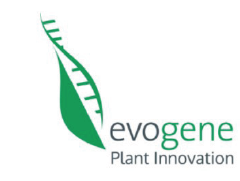
“It’s not enough to find an enzyme that can perform a reaction; the enzyme needs to be sufficiently active too” explains Tobias Erb, group leader and director of the MPI-TM in Marburg.
That’s why the partners at the Weizmann Institute and MPI-TM have worked hard to improve the identified enzymes and make them more efficient.
The method used by Erb’s lab starts by looking at the crystal structure of the enzyme – a 3D dimensional model with the position of the atoms. On that model point mutations can be made, usually by modifying the amino acids in active site – where the reaction takes place – to have a positive effect on the enzyme’s efficiency. The changes are not random but according to the scientist’s chemical logic and rational thinking. Two outcomes are important to be achieved:
- A fast enzyme: The faster the enzymes the higher will be the impact on plant growth. If the speed of the enzyme reactions is high then the metabolism of the plant will be very active and can operate with high CO2 fixation efficiency. Thanks to the computer modelling of the photosynthesis developed by the partner at MPI-MP (LINK), the threshold of activity that needs to be reached to ensure high efficiency is well-known.
- An accurate enzyme: The enzyme needs also to be as accurate as possible, which means that it should not have side-reactions. Such side-reaction might be toxic or slow down the metabolism and ultimately affect the plant growth negatively.
Once a set of mutation is decided, the mutations are implemented on the enzyme and their performance is tested in the lab. In Tobias Erb’s words “we try to make sure that the modelling is actually happening, that it becomes real” and therefore there is a lot of trial and error and back and forth, from the model to the experiments. Following this process, the FutureAgriculture team has found all the efficient enzymes necessary to complete a new pathway – the so-called “carbon positive pathway” – that should stimulate CO2 fixation in the plant and increase growth yield. Now it’s time to see how the individual enzymes work together.






